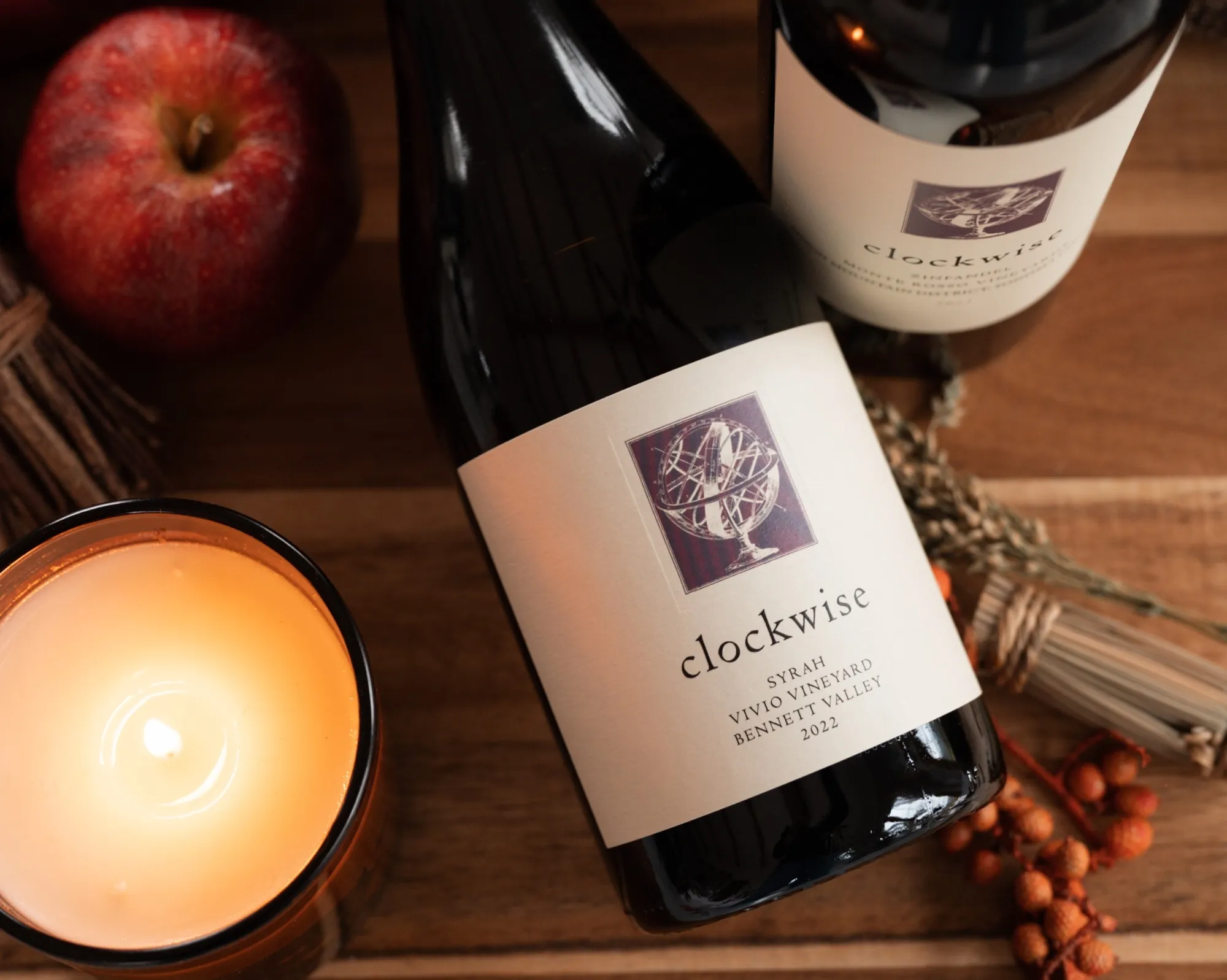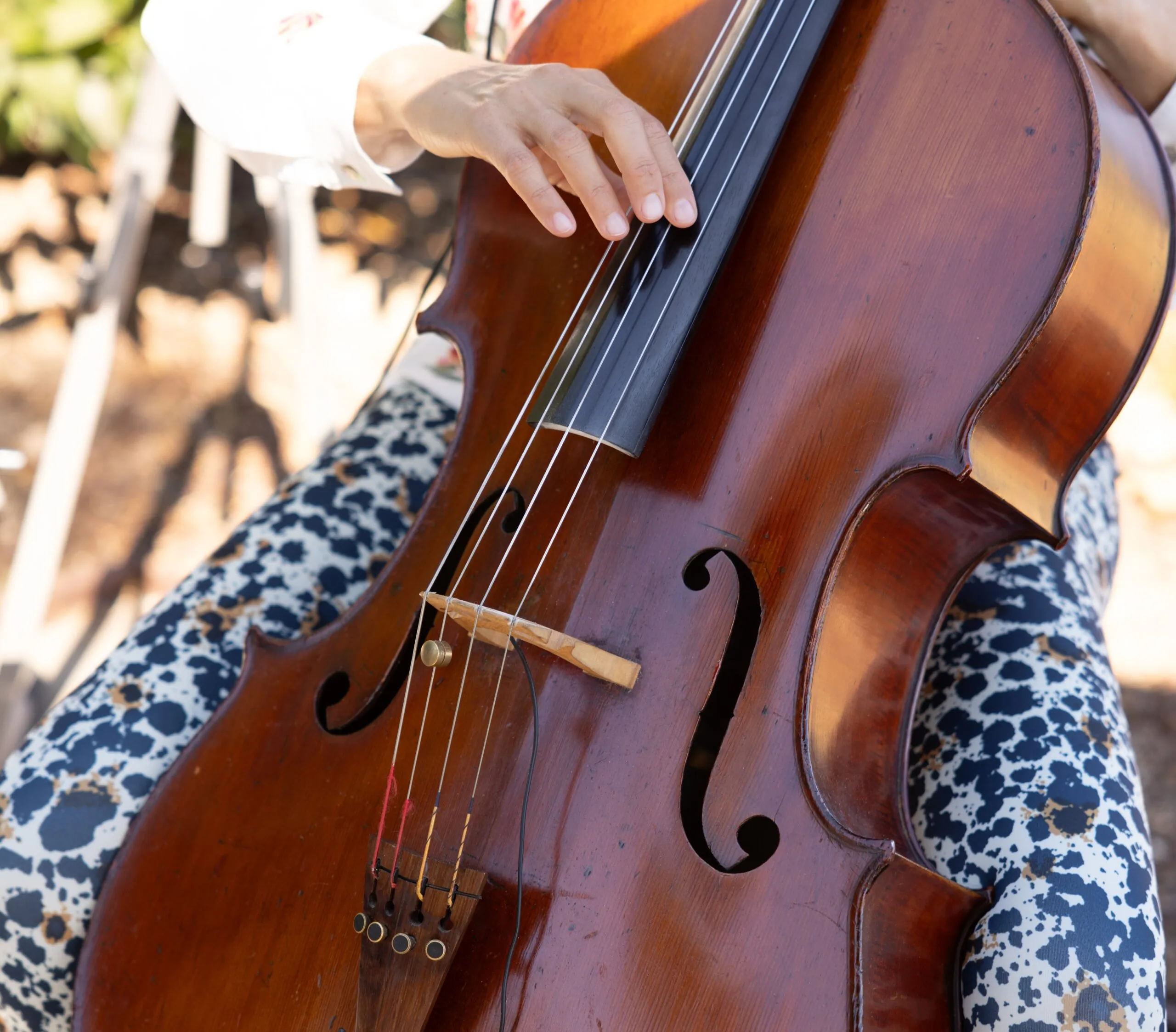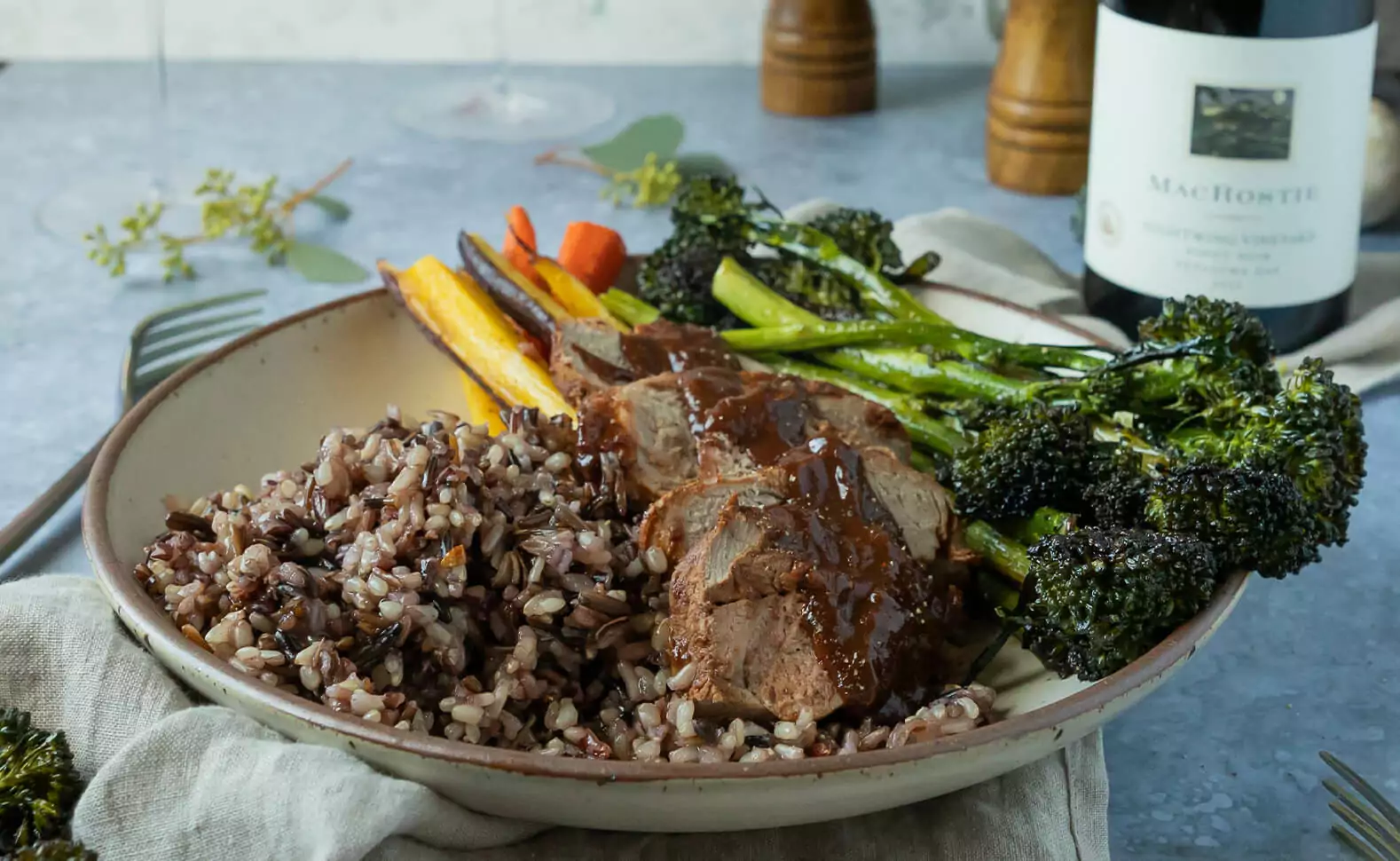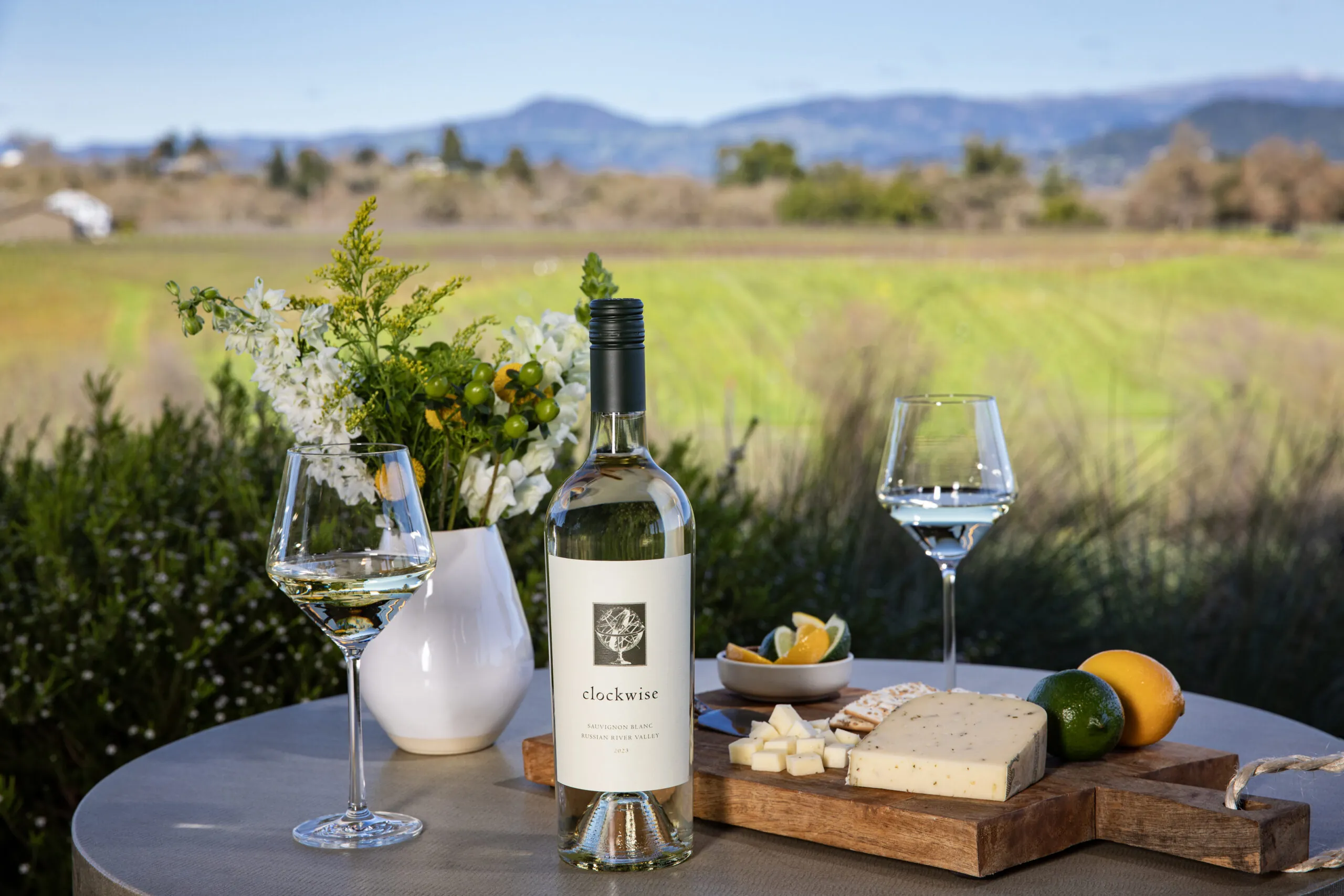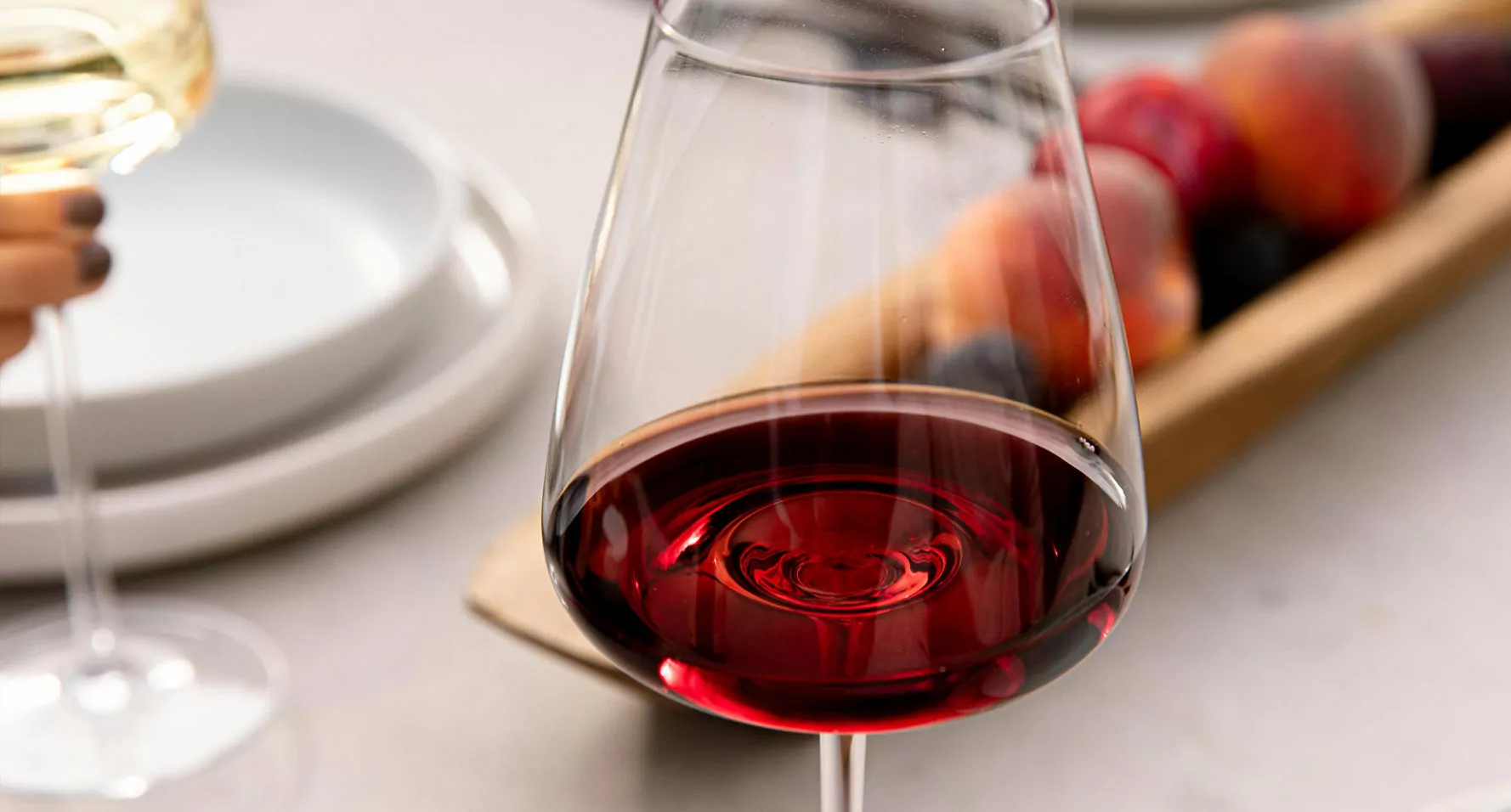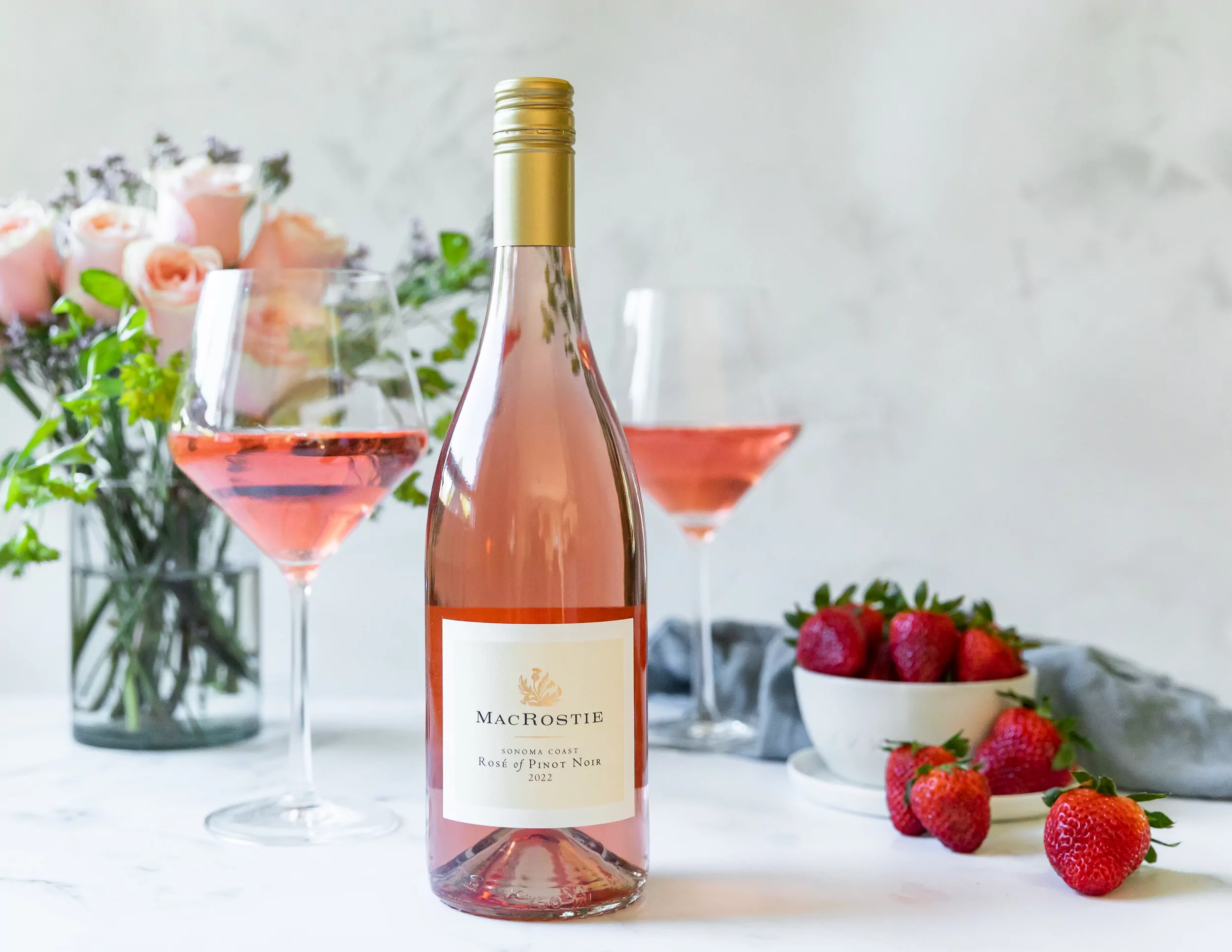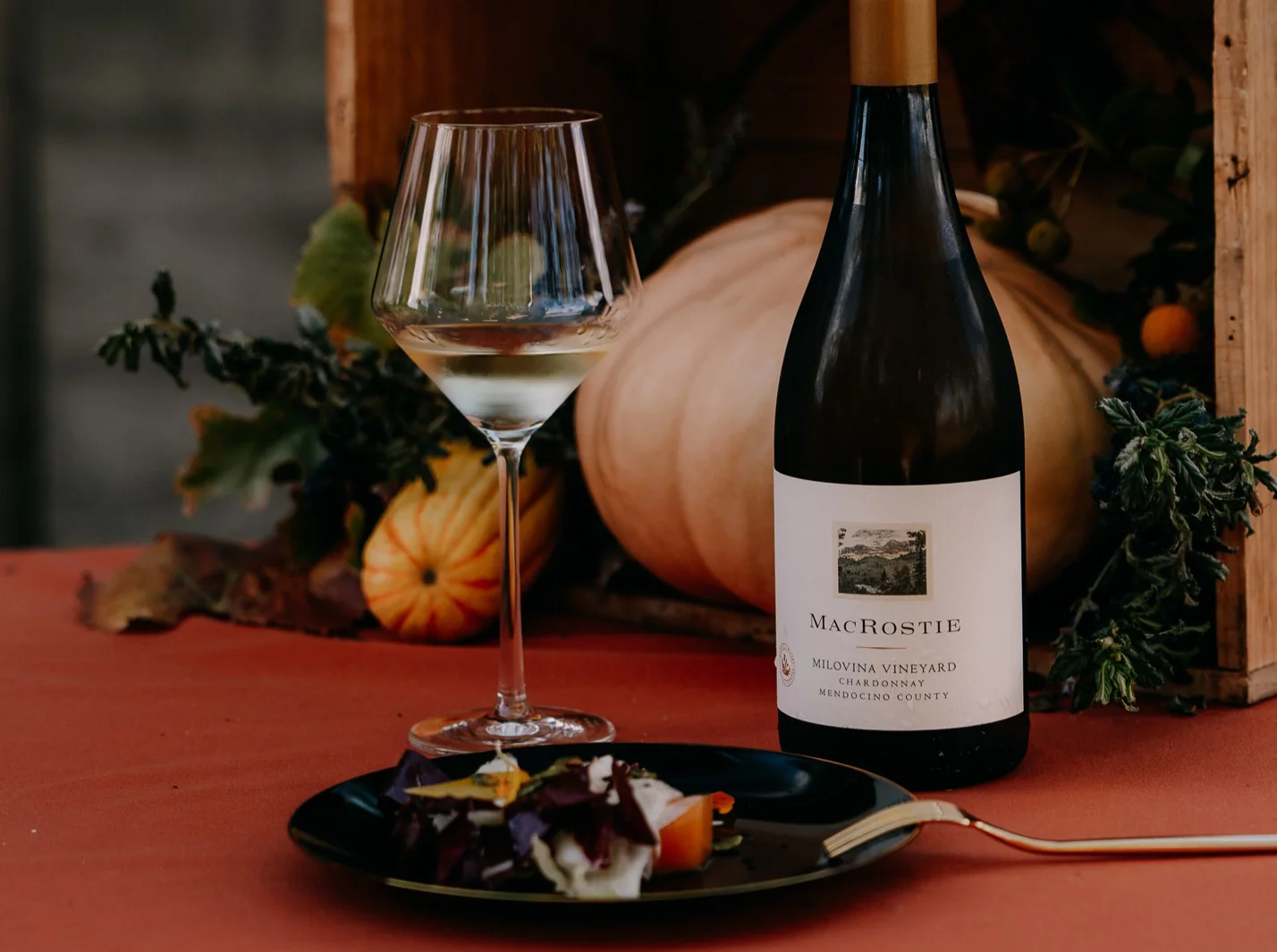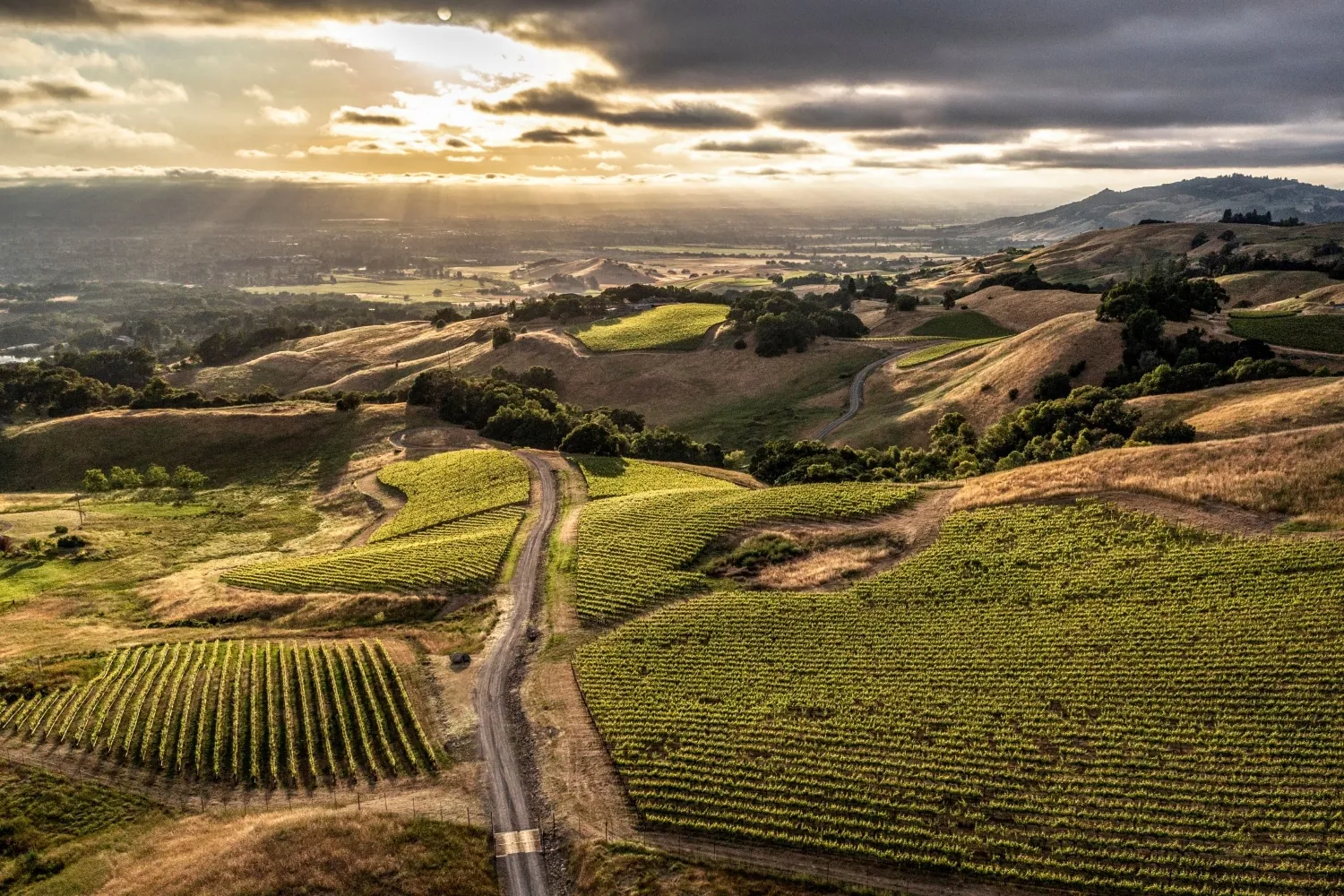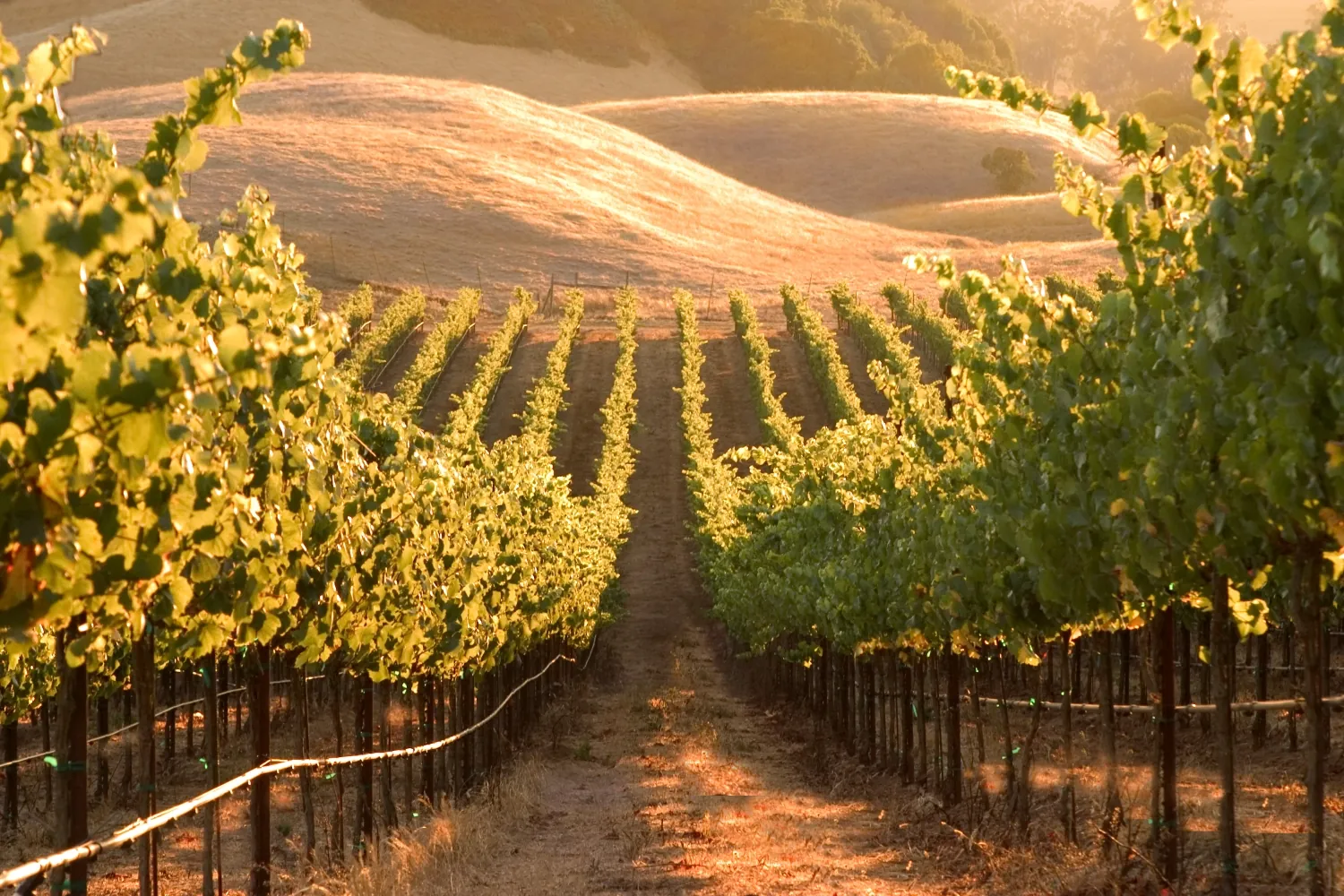Serves: 4
Ingredients
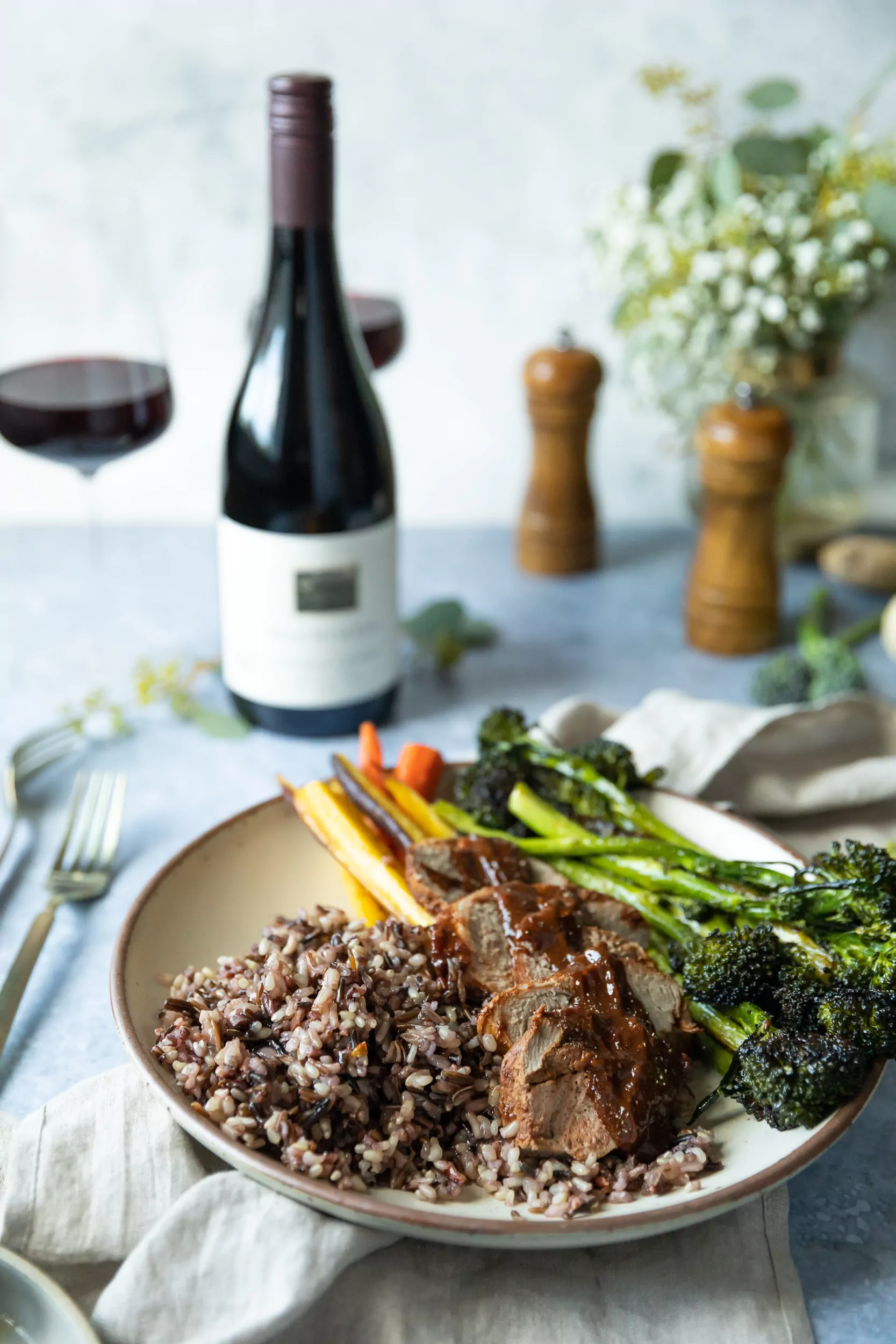
- Pork tenderloin (about 1 to 1 ¼ pounds)
- Tofu or Tempeh for vegetarians
- ½ cup Hoisin sauce
- 2 tablespoons ketchup
- 1 tablespoon fresh ginger (peeled & grated)
- 1 teaspoon Sriracha
- 2 large garlic cloves (minced)
- 1 teaspoon Chinese five-spice powder
- Kosher salt and freshly ground pepper
- 4 cups cooked wild rice
- 2 bunches of broccolini
- 6 rainbow carrots
- Sesame oil
- Rice vinegar
Instructions
- In a medium bowl combine Hoisin, ketchup, ginger, Sriracha, garlic, and five-spice powder.
- Slice the pork into thirds on a diagonal.
Season pork with salt and pepper, then add to the marinade. Toss to evenly coat, cover, and set aside. The pork can marinate for up to 24 hours but will also be ready if used right away! - While pork is marinating, prep your vegetables. Heat oven to 425 degrees. Remove leaves from
broccolini and slice carrots lengthwise into long strings, about 4 slices per carrot. Transfer vegetables
onto a baking sheet – two may be needed so they can lay flat – and drizzle with sesame oil, salt, and pepper. Transfer to the oven to roast for about 20 minutes, tossing halfway. Remove from oven
and set aside. - Lower oven to 375 degrees. Meanwhile, heat oil in a large cast-iron pan or oven-proof skillet over
medium-high. Remove pork from the marinade, wiping excess drip back into the bowl. Set the marinade aside. Transfer pieces to a heated skillet and sear pork for 2 to 3 minutes on the
first side and about 2 minutes on the other, until nicely browned and caramelized. - Remove from heat and pour the remaining marinade over the pork, turning to coat evenly. Transfer the pan to the oven and cook, turning in the sauce occasionally, for 10 to 20 minutes. The length
of time for cooking depends on how thin you sliced your pork, so watch carefully! Begin checking
at 7 minutes and remove pieces as they are done. - Transfer pork to a plate and set aside to rest. Add rice vinegar and 2 tablespoons of water to the skillet and cook over medium-high, stirring constantly until you have a smooth sauce, adding
more water if needed. It should thicken up but still can drizzle over your pork tenderloin. - Distribute rice, broccoli, and carrots among 4 bowls. Thinly slice the pork and divide it among the bowls. Drizzle the sauce over the pork and rice. Enjoy!
